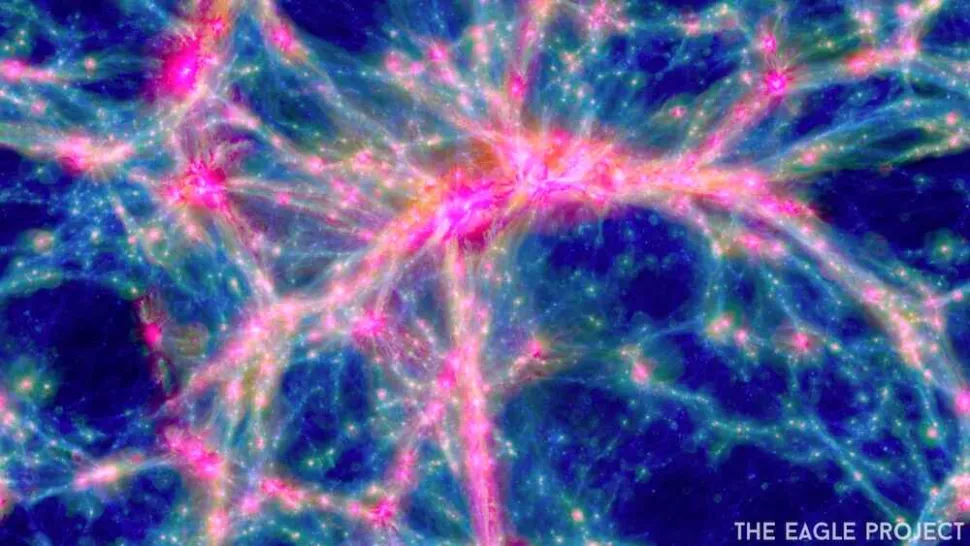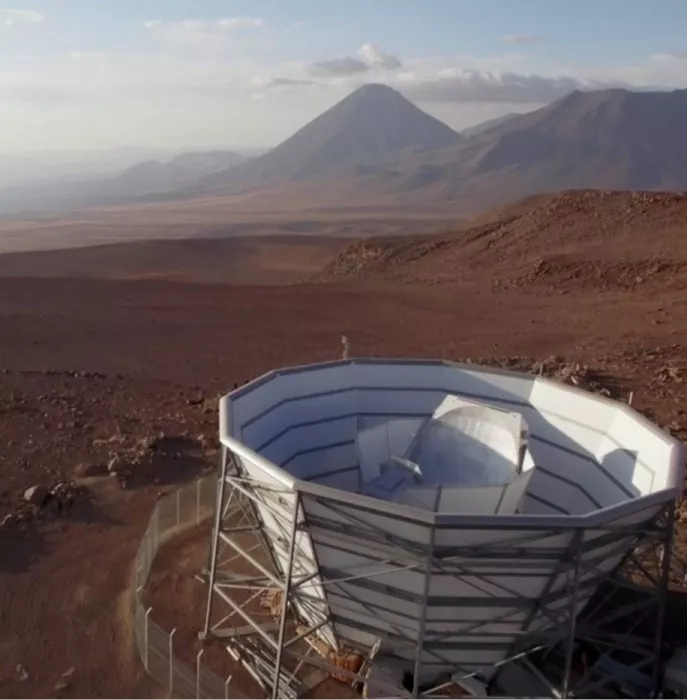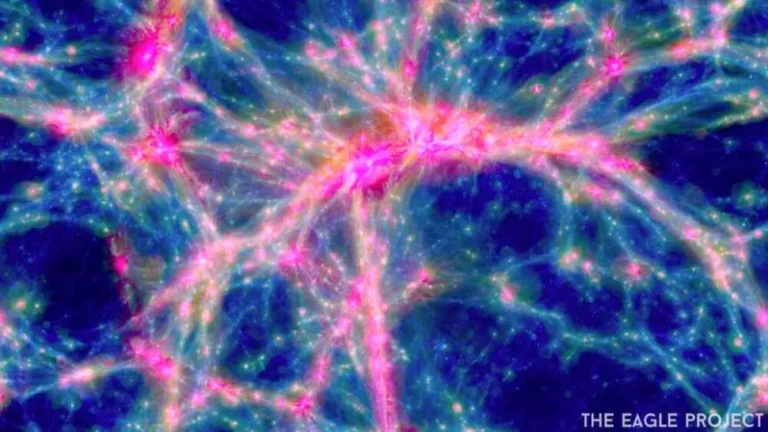The universe’s new extensive map indicates that Einstein’s theory about the existence of invisible dark matter was accurate.
Light produced just 380,000 years after the Big Bang was warped by the universe’s dark matter exactly the way Einstein predicted it would be.
By using the universe’s first light that dates back 14 billion years ago, astronomers have created the most intricate map of enigmatic dark matter to date. The groundbreaking image could once again validate Einstein’s theories as it displays the massive tendrils of matter that emerged shortly after the universe’s explosive creation. These tendrils’ shapes remarkably align with Einstein’s general relativity predictions.

In contrast, previous dark matter maps proposed that the cosmic web, an extensive network of intersecting celestial pathways composed of hydrogen gas and dark matter that stretches across the universe, was less dense than what Einstein’s theory predicted. The astronomers shared their discoveries on April 11 during the Future Science with CMB x LSS conference hosted at Japan’s Yukawa Institute for Theoretical Physics.
Mathew Madhavacheril, a cosmologist at the University of Pennsylvania, stated that a new mass map has been created using the residual light distortions from the Big Bang. The map’s measurements demonstrate that the universe’s density and rate of expansion, after 14 billion years of evolution, align with the predictions of the standard model of cosmology that is based on Einstein’s theory of gravity. This remarkable discovery emphasizes the accuracy of Einstein’s theory in explaining the universe’s behavior.

Scientists believe that the universe was filled with both matter and antimatter particles that had opposite electrical charges, but were identical to their matter counterparts, soon after the Big Bang. If they were produced in equal quantities, their collision would have led to the annihilation of all matter in the universe. However, the universe’s rapid expansion and quantum fluctuations allowed pockets of the primordial plasma to survive.
These pockets of plasma were then compressed and heated by gravity, creating sound waves known as baryon acoustic oscillations that rippled outward from the plasma pockets at half the speed of light. These waves pushed out matter, which formed the cosmic web – a series of thin films surrounding countless cosmic voids that looked like a group of soap bubbles.
Once the matter cooled, it formed the first stars, which gathered into matter-rich galaxies at the intersection points of the web’s tangled strands.
However, astronomers studying the cosmic web in the past discovered a significant difference – the matter was less clumpy and more uniformly distributed than expected. This finding implied that current cosmological models lacked critical physics.
To investigate the observed discrepancy, the team of researchers utilized the Atacama Cosmology Telescope (ACT) located in Chile and funded by the U.S. National Science Foundation (NSF). The ACT examined a quarter of the night sky from 2007 to 2022 and, using its highly sensitive microwave detector, analyzed the cosmic microwave background radiation (CMB) which is the universe’s first light that emerged 380,000 years after the Big Bang.
By employing gravitational lensing, the telescope created a map of the matter concentrations in the CMB. Gravitational lensing is a phenomenon where light passing through a region of space-time with strong gravitational fields curves, twists, and warps through a massive funhouse mirror, creating an arc-shaped figure called an Einstein ring. It is also capable of detecting dark matter, which makes up 85% of the universe’s matter but is not visible.
The new map contradicted the previous ones that used visible light from galaxies, and it showed that Einstein’s original theory was more accurate than previously thought.
It is too early to determine what this means for our understanding of the cosmos’ early evolution, but the researchers suggest that additional maps made using data from the ACT and fresh observations from the Simons Observatory, a telescope under construction in the Atacama Desert that can scan the sky ten times faster than the ACT, may finally unravel this perplexing cosmic mystery.
Do not forget to share your opinion with us to provide you with the best posts !




0 Comments